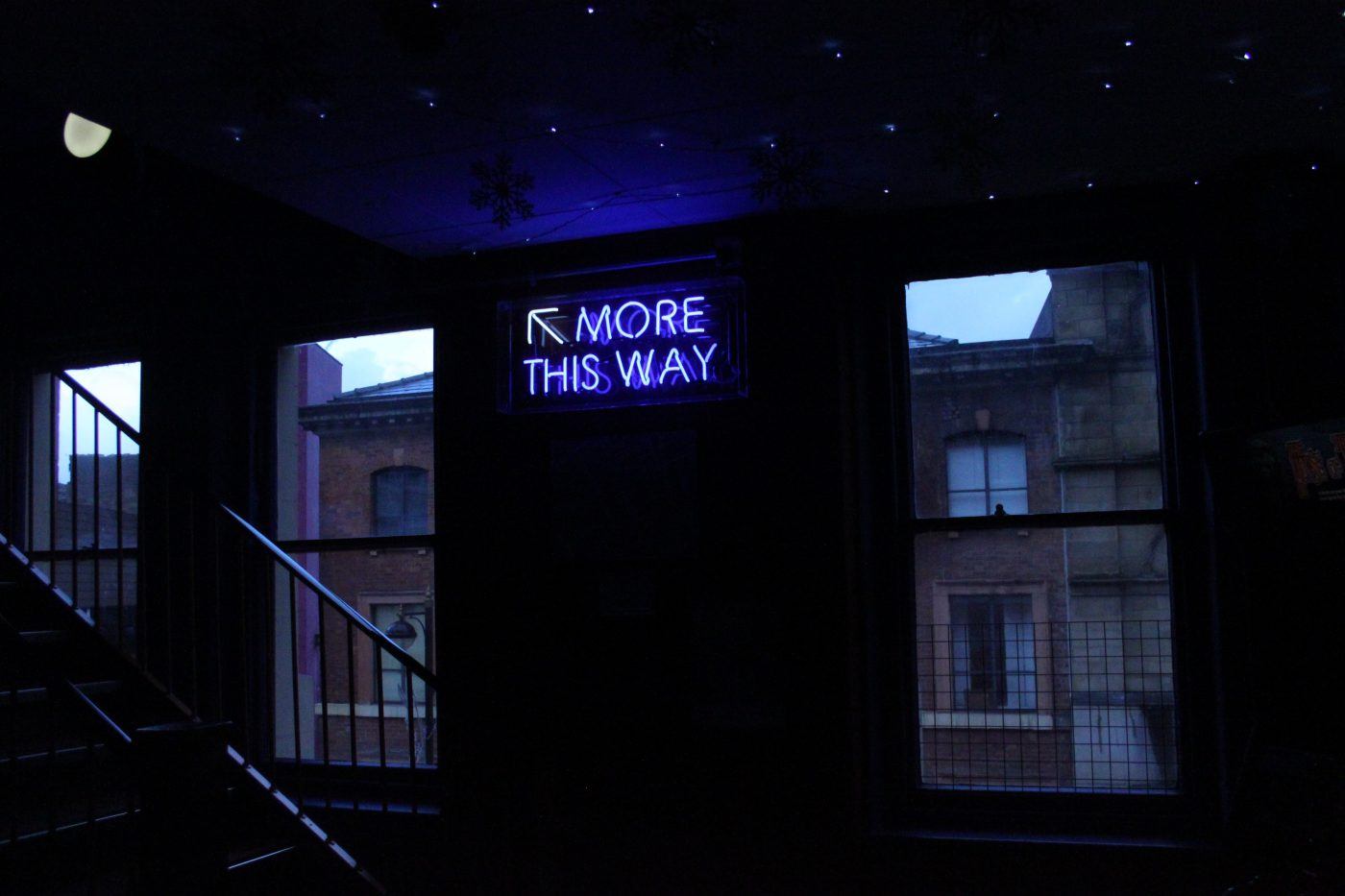Before we begin talking about how to increase your Facebook relevance score, we think it’s best that we cover the changes that have happened to the relevance score in the past few years and why you might not be seeing a relevance number in your Facebook Ads Manager dashboard.
A few years ago, Facebook made it easy to see how our ads were performing and whether they were relevant to your audience by providing Facebook advertisers and marketers with a score out of 10 on each ad. This made life simple and it was a quick and simple way to show that the ad campaign needed improvement. Through the years, Facebook has changed this model into a relevance ranking, which has received mixed opinions on whether this is better than a score; however, we think the new model is more informative. What Facebook has in place is a ranking for quality, engagement, and conversion with feedback ranging from below average (10%, 25%, 35%), average, and above average on each column. This feedback provides beneficial data on what part of your ad needs improving rather than guessing where to optimise. You will see these columns at the ad level of your campaign. It’s worth to note that Below Average 10% is the worst ranking you can get, and immediate optimization is required.
We will go over an example of what you will see in Ads Manager dashboard and a few points on what you can do to improve your ad to achieve an average or above-average ranking. There is no single solution to improving your ad relevance ranking and a lot of the times it’ll be down to trying and testing. We hope that after reading this blog, you’ll have a better understanding of what to do if you face these hurdles in your advertising.
Deconstructing the ad relevance ranking
There are many possibilities that you can test to increase your relevance ranking for each column, and each column will have a different method for improving results.
Quality Ranking: Facebook tells us that quality ranking is “your ad’s perceived quality compared to ads competing for the same audience.” This is your overall quality of the ad creative and whether you’re resonating with your audience.
How to improve: You may want to compare your creative with the audience you have selected to see if your ad is the right fit. Show your creative to people you know and get them to guess what it is you’re trying to promote. It’s easy to think you have created the right ad but it’s not until you’ve already put money behind it that you’ll see it may not be relevant. This is where you want to match the creative to your audience or vice versa, depending on what is more accurate to your brand. Optimise your existing audience, narrow it down or exclude certain interests, the main takeaway from this is to match your audience as close to your purchase demographic as possible.
Engagement Rate Ranking: Facebook tells us that engagement rate ranking is “your ad’s expected engagement rate compared to ads competing for the same audience.” The correlation you’ll see here is that your ads aren’t receiving much engagement e.g. likes, reactions, comments, shares, clicks. Much like the quality ranking, the engagement rate ranking also requires a dive into your audience and creative.
How to improve: Either make your ad more engaging by starting a conversation or add a layer of interactivity such as linking images together in a carousel, adding a poll to your video, or creating a slide show out of existing images and videos. The more bright, detailed, and interactive your ads are, the more people will engage and the higher engagement rate ranking you’ll receive. You can create slideshows and carousels from the ad section of your campaign making this step easier than you might have thought. If you haven’t already, check out canva.com, where you can create and edit your own images, infographics, logos, and videos. Use these tools to your advantage to stand out from the crowd and improve your engagement rate.
Conversion Rate Ranking: Facebook tells us that conversion rate ranking is “your ad’s expected conversion rate compared to ads with the same optimisation goal competing for the same audience.” This ranking comes down to whether your audience converts or not. If you have a large number of conversions, then this will increase to average and above average.
How to improve: One of the few ways to improve this ranking is by making sure that your website is relevant, easy to use and navigate, and simple to purchase from. This is less of a Facebook optimisation and more of a post-click experience optimisation. Other methods include using discounts or advertising offers to obtain those extra conversions where possible. You may want to create remarketing ads that provide exclusive offers for users that have already visited your website.
These are some simple steps that you can take to increasing and improving your results. Take a look at the example below for a better understanding on what you can do as you may have different rankings across the board. It’s worth noting that if you have average or above average rankings on all three relevance columns, you should refrain from making significant edits and only look at adjusting your bids/budget.
Example
Scenario: Conversion ad with an “average” quality ranking, “below average” engagement ranking, and “below average” conversion ranking.
Explanation: Your ad will need to be adjusted to improve the engagement and conversion ranking but what this ranking is telling us is that your ad isn’t stimulating interest from your chosen audience and it’s not converting.
Solution: To improve your ad, it’s best to use more eye-catching or interesting creatives to lure your audience to click on your ad to improve your engagement ranking. In order to improve the conversion ranking, it’s best to look at the call-to-action on your ad to see if it’s the best fit for your final goal, and also improve the post-click experience e.g. make sure the website you are linking to is quick to load, easy to crawl through, and matches the theme or topic that you are advertising. Alternatively, if you feel that both your creative and post-click experience is spot on, it could be that the audience you have selected isn’t the right fit, so consider adjusting your saved audience to closely match your demographic.
There are plenty of other scenarios that may occur and Facebook has a super useful relevance diagnostic tool that provides different scenarios that you might find yourself in. With this tool, you can check what needs improving rather than guessing necessary change and it provides simple solutions on how to improve your overall relevance.
We hope you learned something from our blog, and hopefully, you are now more knowledgeable in Facebook relevance ranking. For more information on how to improve your Facebook ads in general, check out our Facebook Advertising course.


Leave a Reply